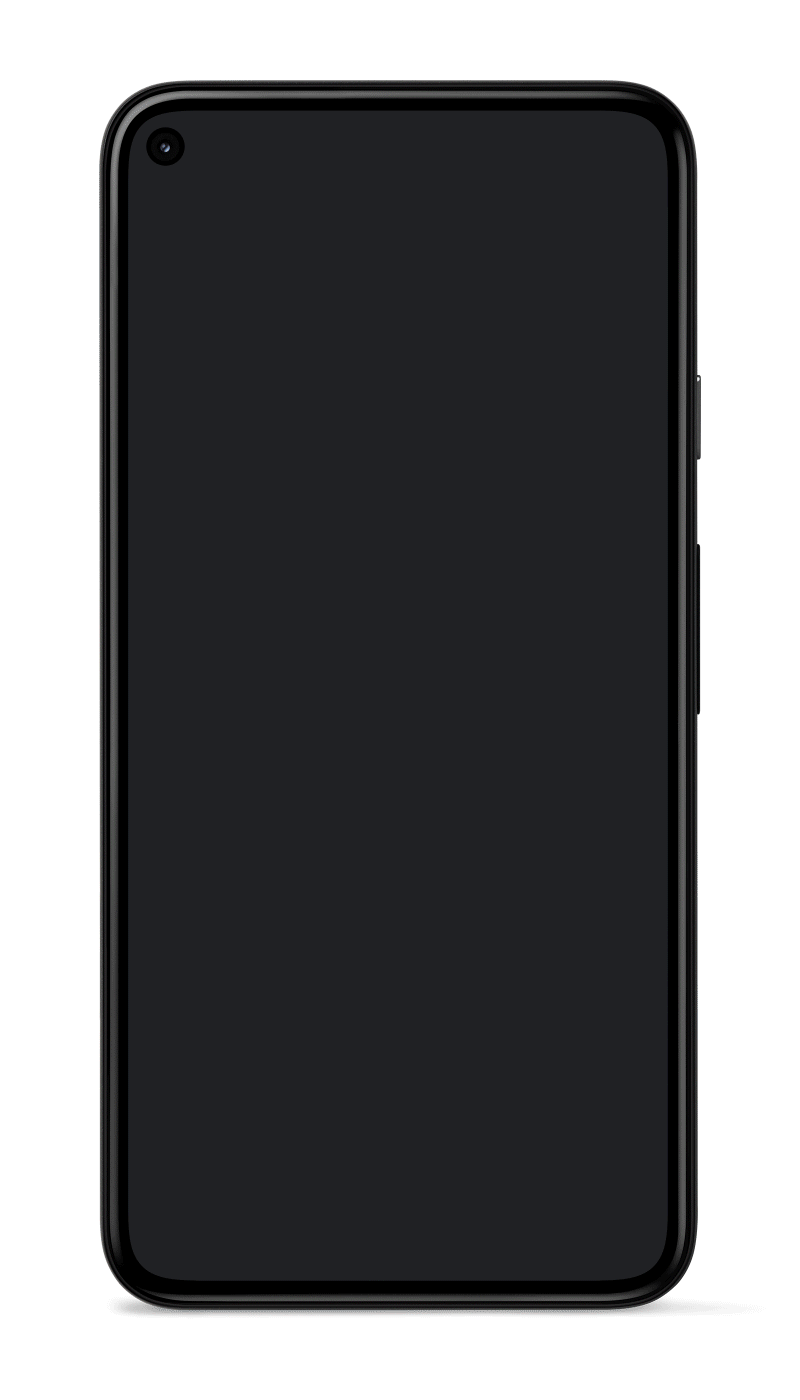If someone is using an Android phone somewhere in the world and they want to mod it, the XDA forums has a home for them. That’s why we open up forums for new and upcoming smartphones so new users and potential buyers can find all relevant information specific to their device in one place. Today, we are opening forums for a bunch of interesting smartphones from four different OEMs, including Xiaomi (the Mi 10T series), Vivo (the Vivo V20 series), Realme (the Realme 7i), and Samsung (the Galaxy F41 and the Galaxy A42 5G).
Xiaomi Mi 10T and Mi 10T Pro
The Mi 10T and Mi 10T Pro are among the three new devices Xiaomi announced yesterday at its event. We already got our hands-on of the Mi 10T Pro, which gave us a detailed look at the overall design. The full specifications of the device duo include a 6.67-inch LCD display, 144Hz screen refresh rate, Qualcomm Snapdragon 865 SoC, up to 8GB of LPDDR5 RAM and 256GB of UFS 3.1 storage, a 108MP primary camera (64MP on the non-Pro variant), and a 5,000 mAh battery with 33W fast charging support.
Thanks to their internal similarities, the Mi 10T (code-name “apollo”) and the Mi 10T Pro (code-name “apollopro”) share a common firmware. This is the reason why we have created a unified section instead of two separate forums.
Xiaomi Mi 10T / 10T Pro XDA Forums
Xiaomi Mi 10T Lite
Alongside the flagship-grade Mi 10T and Mi 10T Pro smartphones, Xiaomi also offers a more affordable variant of the lineup called the Mi 10T Lite. The Snapdragon 750G-powered mid-range device features a 64MP main camera, 120Hz display, and support for 33W wired fast charging. The phone runs MIUI 12 on top of Android 10 out of the box.
Vivo V20 series
Vivo’s V20 lineup debuted last week in Thailand. The family includes three phones: Vivo V20, Vivo V20 SE and Vivo V20 Pro. The midrangers recently caught our attention, as the OEM actually managed to beat Google to launching a phone (Vivo V20 to be precise) with Android 11 on board.
Vivo V20 XDA Forums ||| Vivo V20 SE XDA Forums ||| Vivo V20 Pro XDA Forums
Realme 7i
Besides the Realme 7 and the Realme 7 Pro, the company recently added a new member to the lineup, dubbed Realme 7i. The device flaunts a 6.5-inch LCD with a 90Hz screen refresh rate, the Snapdragon 662 SoC, a quad camera setup comprised of a 64MP primary, an 8MP ultra-wide, a 2MP monochrome, and a 2MP depth sensor, and a 5,000 mAh battery.
Samsung Galaxy F41
The Samsung Galaxy F41 is an upcoming smartphone from the Korean smartphone maker and will be the first model under the Galaxy F series. Although Samsung hasn’t shared any information about the device yet, the Galaxy F41 is expected to pack in an FHD+ display with a waterdrop notch, the Exynos 9611 chipset, and up to 6GB of RAM. The phone is set to launch officially on October 8th.
Samsung Galaxy A42 5G
The Samsung Galaxy A42 is the company’s new affordable 5G-enabled smartphone in the Galaxy A series. The device packs in a 6.6-inch Super AMOLED display and a quad-camera setup on the back, although we still don’t have any official information regarding the underlying silicon that powers the phone.
Samsung Galaxy A42 5G XDA Forums
The post Forums for the Xiaomi Mi 10T series, Vivo V20 series, Realme 7i, Samsung Galaxy F41, and Galaxy A42 5G are open appeared first on xda-developers.
from xda-developers https://ift.tt/3l53Eqh
via IFTTT
























